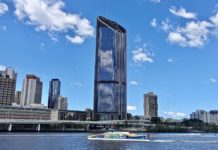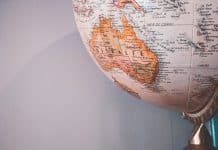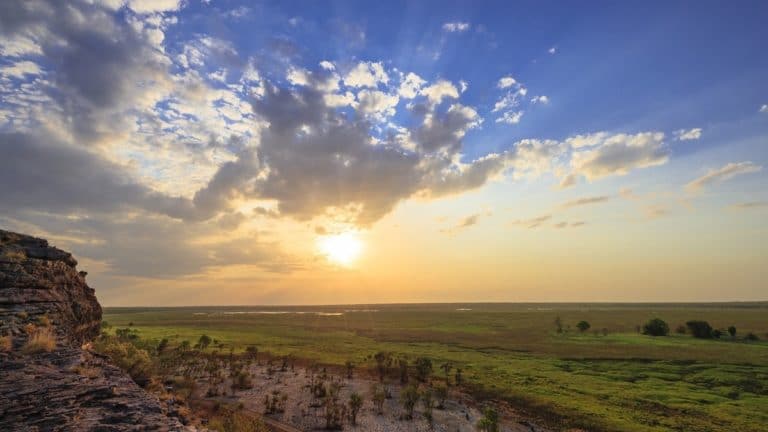
During your stay in Australia’s Top End, and after exploring Darwin, Litchfield National Park, Katherine and Nitmiluk National Park, it’s time to discover the famous Kakadu National Park. This gigantic national park is a truly fascinating place, both for its landscapes, its culture, its flora and its fauna which are incredibly rich!
Table of Contents
Kakadu National Park: How to get There?
How do I get to the park?
Kakadu National Park is located in the Top End of Australia’s Northern Territory, 250 km from Darwin and about 1300 km from Alice Springs. From Darwin, take the Stuart Highway then the Arnhem Highway. For those without personal transport, you can rent a car, 4×4 or motorhome in Darwin.
It is also possible to join an organised tour departing from Darwin. There are day or multi-day tours that include a visit to Kakadu National Park.
Getting around in Kakadu
Begin your visit at the Bowali Visitor Center. Here you will find plenty of information about the management of the park and the unique ecosystems it houses. Take the opportunity to find out about access to the spots that interest you. Most are only accessible by 4×4, particularly in the South.
Indeed, if you want to explore Kakadu, two possibilities are open to you: rent a car (about $500 per week) or rent a 4×4 (equipped: about $1000 per week). With a 4WD, you can go wherever you want, especially during the dry season (during the wet season the tracks are generally flooded and therefore closed). In most cases, you can sleep in the 4WD. If you choose to drive a regular car you will have to stick to the asphalt, so what you’re going to see is going to be a bit more limited (but it depends how long you want to spend on site).
Best season to visit Kakadu
Best time is from May to October, during the “dry season” : accessible roads, clear skies, low humidity—peak time. During the dry season, the temperatures are milder and more pleasant, and the landscapes dry out and turn yellow.
The “Build‑up” season (Oct–Nov) is hot, humid, with spectacular lightning storms.
From November to April, it is the “wet season” or humid season. The atmosphere is hot and humid. The landscapes are very green and the billabongs filled with water and impressive waterfalls. Floods are also frequent, which can lead to some road closures.
🛑 Park access may close in some areas during extreme weather—check conditions via parksaustralia.gov.au/kakadu
The Must-Sees of Kakadu National Park
Waterfalls
Want to cool off with a dip? Take a tour of the park’s most iconic waterfalls. Among them is Gunlom Waterfall, where you can enjoy a majestic view of the park as well as a safe swimming spot. A little further north, explore Barramundi Gorge and its clear waters. Finally, Jim Jim Falls and Twins Falls promise a complete change of scenery. These are the most iconic waterfalls in the park, but you’ll need a 4×4 to access them.
Wildlife
Would you like to cross paths with a crocodile? Keep your eyes peeled on the side of Yellow Water and the South Alligator River (a very fitting name!). You could very well come across more than one croc basking in the sun on the banks.
Aboriginal art
Want to learn more about Aboriginal art? The circuit from Burrungkuy to Nourlangie Rock will allow you to admire different paintings engraved in the rock. In Ubirr, you can get a local guide to accompany you on your walk for free. Finally, go to the top of the rock at sunset to discover the park in its most beautiful colours.
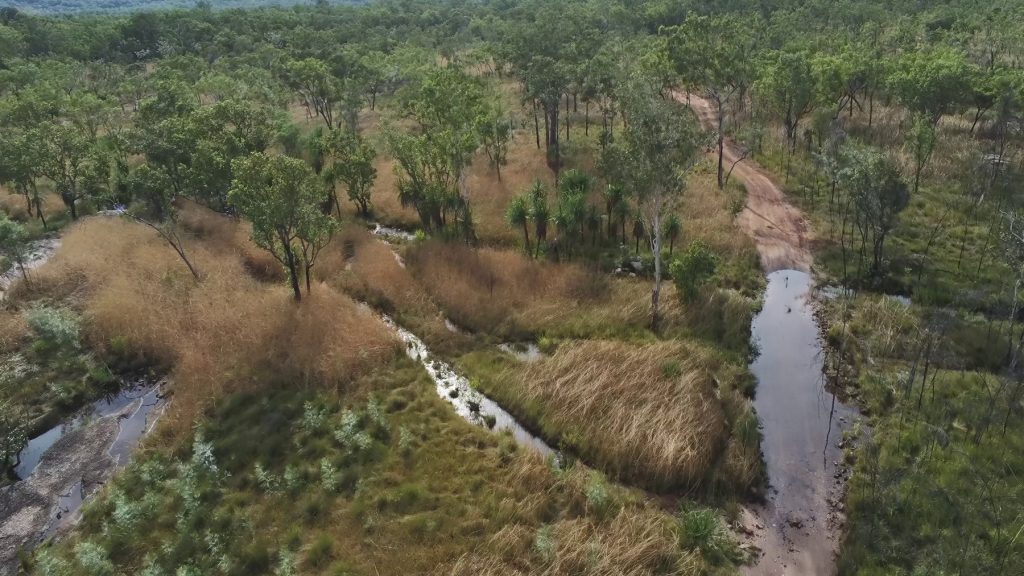
Kakadu National Park: 3 day itinerary
Three days may be enough if you are walking through the park. With a 4WD and during the dry season, you should add at least 1 or 2 days so you can explore the national park in greater depth by taking the tracks.
Most people explore the park from north to south. However, here is a sample itinerary for visiting the area and the national park, leaving from the south.
Day 1: Kakadu South
The southern part of the park is not necessarily the most exceptional to explore if you do not have a 4WD. This is where the 4WD access points for the famous Twin Falls and Jim Jim Falls are located. These waterfalls are impressive, especially at the end of the rainy season.
Different short walks will take you to viewpoints like Bukbuluk, Gungurul and Mardjugal.
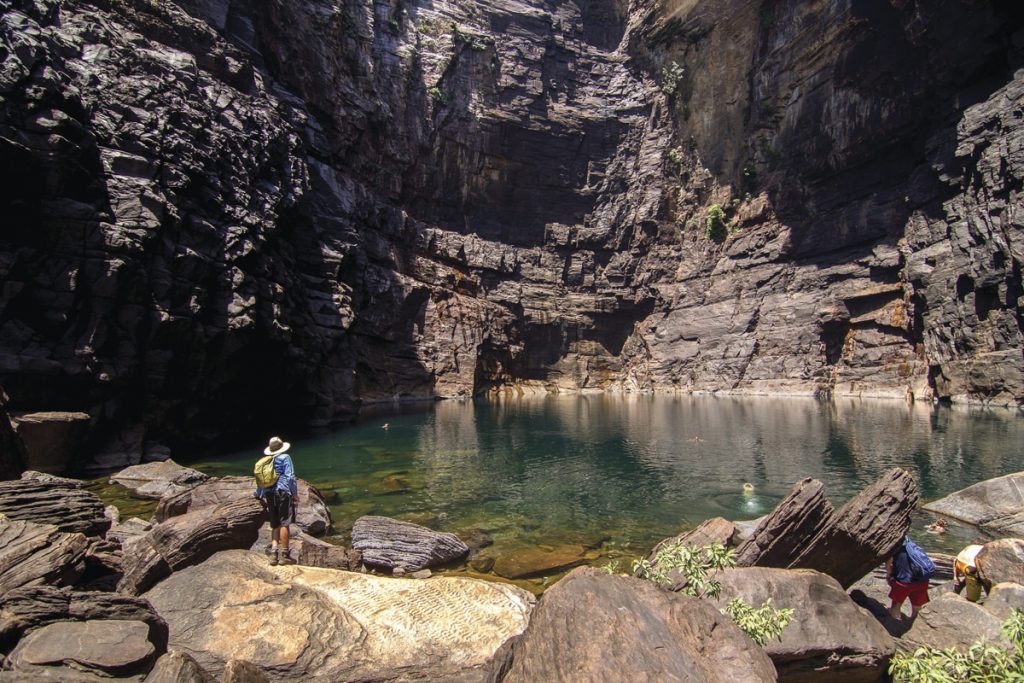
Day 2: Yellow Water and park overview
Billabong Cruise: Yellow Water
If you want a unique experience, take a sunrise cruise on a billabong. At the end of the wet season, the water is abundant and the hiking trails around the billabongs are generally still closed. Boat is therefore the only way to discover this amazing small ecosystem. This is a perfect opportunity to observe the local fauna, with its crocodiles of course, as well as its multitude of birds (jacanas, jabiru, egrets…). Nature lovers, a cruise on the “Yellow Water” is a must!

Panoramic flight over the park
Next up is the town of Jabiru. From there, you can decide to take a scenic flight. This is superb way to discover the park, its waterfalls and the Arnhem plateau. The advantage of doing this flight in the wet season is that you get to see the Jim Jim and Twin waterfalls with a strong flow, which is very impressive.
For more information and prices, see here.
Day 3: North East of the Park
Nourlangie Rock
The rock art at Nourlangie Rock depict themes important to indigenous peoples, such as animals, ceremonies, legends and myths. These paintings are considered witnesses to the culture, religion and daily life of the indigenous peoples of the region.
A short walk allows you to cross the rock on which rock art has been present for nearly 20,000 years; a world-famous site steeped in history. Our advice: get there early if you can to beat the crowds and really enjoy the tranquility and spirituality of the place.
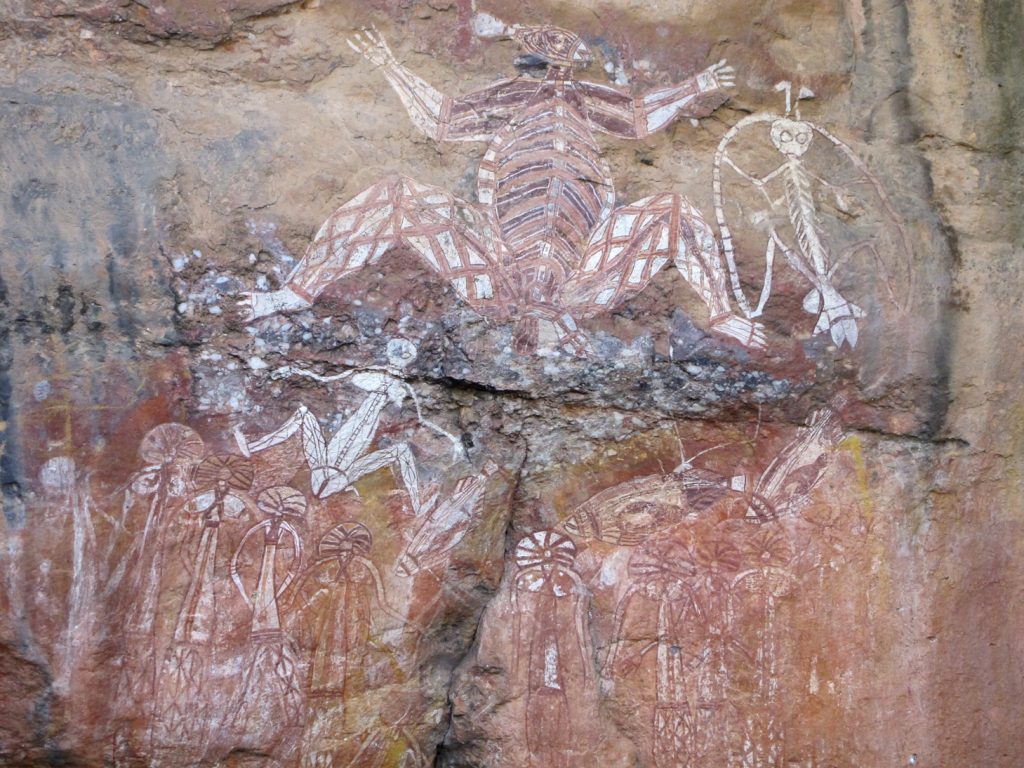
Ubirr
Most tourist guides list Ubirr as an essential place to visit, and they’re right. The access road to Ubirr during the wet season is closed and only opens late (often April or May). The road can sometimes be flooded, with the water level reaching up to one meter. Driving a 4WD is recommended – check with the rangers in the tourist offices of the state of the road before you start!
At Ubirr, the walk passes several breathtaking Aboriginal art sites and leads to a superb viewpoint over the Nadab floodplain.
Traditionally, the First Peoples camped under the rock shelters of Ubirr and used the plants and animals of the nearby plain and the East Alligator River for food, tools and medicine.
Much of the rock art at Ubirr features fish, turtles, goanna and other animals that the natives ate. The main site of Ubirr, depicts a painting of a thylacine (the Tasmanian tiger, which became extinct on the mainland over two thousand years ago).
The rock art at Ubirr are considered some of the best in the world, with examples of ‘X-ray’ style painting as well as accounts of the period when indigenous peoples first encountered Europeans. Stories about behaviors and the law are told in the paintings Mabuyu, Narmarrkan Sisters and Rainbow Snake.
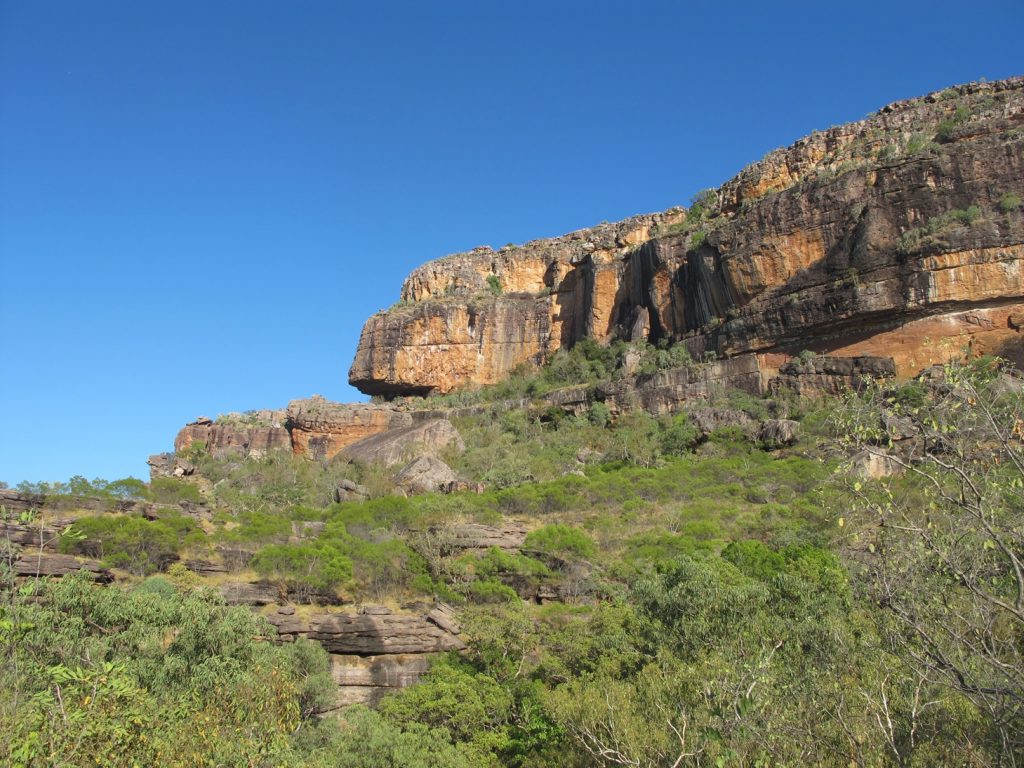
The Flora and Fauna of Kakadu National Park
Kakadu National Park is unique for the diversity of its flora and fauna. It is home to a variety of animal and plant species, some of which are only native to the region. Kakadu stretches from the coast and estuaries in the north, through floodplains and billabongs to rocky ridges in the south.
Some of the park’s most iconic animals include the river crocodile, kangaroo, wallaby, bandicoot, monitor lizard, gecko and snake. The park is also renowned for its rich bird life, with over 280 species of birds, representing about a third of all bird species found in Australia. Some of them are only native to the area.
The park is home to over 10,000 crocodiles, or one tenth of the Northern Territory’s crocodile population! Cahills Crossing and Yellow Water wetlands will be the best places to observe these impressive reptiles.
Finally, you can also admire huge termite mounds, some of which are more than 6 meters high. You’ll find them along Maguk Road and more generally in the southern part of the park.
The park’s flora is also very diverse, with more than 2,000 species of plants, including many species endemic to the region. Here you can find mangrove forests, savannas, grasslands, monsoon forests and termite forests. The park is also known for its gum trees, such as eucalyptus and acacia, which play an important role in the ecosystem of the region.
History of Kakadu National Park
Kakadu covers 20,000 km², making it Australia’s largest park. Listed as a UNESCO World Heritage Site, Kakadu National Park combines Aboriginal culture, hiking and wildlife. This park is world-renowned for its natural and cultural importance. Kakadu National Park was first added to the World Heritage List in 1981, with further areas added in 1987, 1992 and 2011.
Kakadu National Park is the cultural and spiritual cradle of the region’s indigenous peoples, the Bininj and Mungguy. These Aboriginal communities have lived here for thousands of years and have developed a deep connection with the nature and culture of the region.
Archaeological sites bear witness to the art and way of life of these peoples over tens of thousands of years. Kakadu rock art documents Aboriginal creation stories with paintings that date back as far as 20,000 years. You can also look for the ‘first contact’ paintings at Nanguluwurr, showing the tall ships that first brought Europeans to Australia.
Kakadu’s ancient rocks tell of more than two billion years of geological history. Rivers and floodplains are more dynamic environments, shaped by changing sea levels and large floods each summer.
During the 1800s and 1900s Kakadu was mined for gold, silver and copper. The mines were closed in the 1970s and the national park was created to protect the natural resources of the area and to preserve cultural sites important to indigenous peoples.
🧭 Practical Tips for Your Trip
🎟️ Entry Fees 2025 & Access
- Dry season (May 15 – Oct 31):
- Adult: $40 | Child: $20 | Family: $100
- Wet season (Nov 1 – May 14):
- Adult: $25 | Child: $12.50 | Family: $65
✅ Valid for 7 consecutive days. Buy online or at Bowali Visitor Centre.
- Adult: $25 | Child: $12.50 | Family: $65
Get your park pass online or at Bowali. Bring both printed + digital copies.
Most roads are 2WD-friendly, but access to falls requires 4WD or tours.
Main rental providers: Britz & Apollo depart from Darwin. Compare offers on www.motorhomerepublic.com
🛌 Where to Stay
- Jabiru: Hotels, backpacker hostels, caravan parks.
- Cooinda Lodge: Pool, restaurant, campsites.
- Bush campgrounds: Like Gunlom (reopening in 2025), often basic but scenic.
Camping options:
Mix of full-service campgrounds (Jabiru, Cooinda, South Alligator) and basic bush sites (free/unmanaged).
- Camping National Park (Mardugal, Gunguru, Merl …): 15 AUD per person (shower and toilet)
- Bush Campground (no shower, toilet): 6 AUD per person
- Camping / Caravan park (fewer): about 40 AUD per location (depending on season)
🐊 Wildlife & safety
Always follow signage; croc safety (stay back).
Mosquito repellent essential—especially in wet season.
Stay hydrated; sun and heat can be intense.
🤝 Respect for Culture
Travel Led by Bininj/Mungguy rangers—seek certified guides.
Respect Traditional Owners’ sites (Gunlom re‑opening follows Indigenous agreements) .
🏥 Health & facilities
Jabiru offers medical centre, fuel, shops; no fuel between towns—fill tanks early.
Limited mobile reception—download maps offline.




















